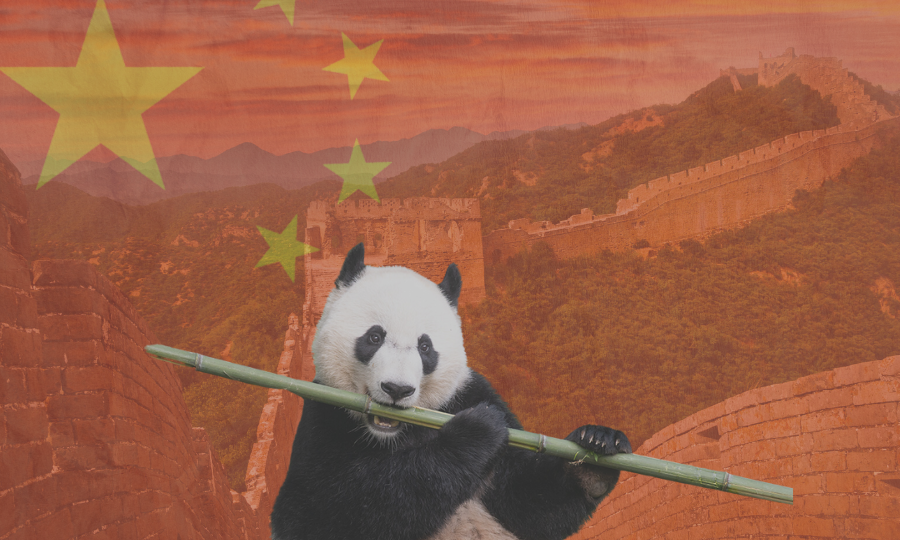Living in Washington, DC, since 2000, they are like many residents of the nation’s capital—immigrants from another country. Tian Tian and Mei Xiang hail from Sichuan, China. Their cub, Xiao Qi Ji “Little Miracle,” was born during the pandemic. Sadly, the family will return to China by mid-November, but not for any reason you might expect.
Mom and Dad were leased to the United States, as is true of all pandas. Back in 1984, the People’s Republic of China (PRC) began leasing its unique national treasure to zoos around the world for $1 million per panda per year, with any cubs born abroad belonging to China.
The National Zoo in Washington, DC, is not the only American zoo where Chinese pandas are disappearing. Atlanta, San Diego, and Memphis already have or will soon lose their pandas. By January 2024, the United States will be panda-free for the first time in over 50 years. Americans are witnessing the end of five decades of Sino-American “panda diplomacy” that initially began in 1972 when first lady Pat Nixon was gifted two pandas on her state visit to China as President Richard Nixon sought to open relations between the United States and the PRC.
When President Nixon and National Security Advisor Henry Kissinger visited China in February 1972, the visit was met with a great deal of fanfare. However, China’s rise and clear desire to topple the American-led international order is leaving the two countries increasingly at odds and facing increased incompatibility among their national interests. China’s required return of pandas from American zoos is but one example of a relationship that is deeply fractured.
The Chinese cherish their pandas as a national symbol, which makes them a good gauge of the relationship between China and the United States. Thus, it should come as no surprise that the Chinese Communist Party (CCP) used the perception that Yaya, a panda in the Memphis Zoo, was being neglected to generate public pressure within China to call for Yaya’s return to China, which happened in April 2023. This response took place after public polling of Americans supported the idea that China is the greatest threat to the United States. The PRC panda diplomacy response is a not-so-subtle effort to signal discontent.
However, the United States is not alone in facing the negative effects of panda diplomacy. China began repatriating pandas from G12 member-states in 2023 without renewing any agreements.
In addition to the United States, all giant pandas in Australia, Japan, the United Kingdom, and a few other democratic states were returned or will return to China by early 2024. As the overall panda population in Organization for Economic Co-operation and Development countries drops, Russia’s panda population increased, all while the number of McDonald’s restaurants decreased.
Thomas Friedman posited the Golden Arches theory of democratic peace. Could there be a “Panda Index” that correlates to Beijing and Washington’s spheres of influence? This may be an apples and oranges comparison, or more literally a pandas and patties comparison, but it may be one more useful tool to gauge the ongoing distancing between the US and its allies and an emerging Sino-centric domain such as the Belt and Road Initiative forum.
Interests can certainly diverge over time, but the significance of this divergence between China and the United States has only recently become a major focus within the Beltway’s think tanks and federal agencies. Pandas are tangible symbols of the direction China’s friendship is moving, with countries given the honor of hosting these living Chinese national treasures clearly proving they are no threat to CCP interests.
2022 marked the 50th anniversary of formal relations between the United States and People’s Republic of China. That relationship is now at its lowest point over the past five decades and faces an uncertain future as the CCP ratchets up efforts to dislodge the United States from its position as global leader. What form that takes—economic, diplomatic, military, or all of the above plus more—is yet to be determined.
What appears certain is that the PRC is gathering autocratic regimes together in an effort to offer a clear alternative to Western-style democracy and capitalism. Whatever direction China may take, it is certainly wise to keep an eye on the pandas. They are a predicter of who China views as friend or foe.
Author: Alexis Littlefield, PhD, spent two decades in Taiwan and China before returning to the United States as a COVID-19 refugee. He currently lives in Washington, DC, and taught at the University of Nottingham’s School of International Studies in Ningbo, China.
About the Author

Alexis Littlefield
Alex serves as a Fellow at the National Institute for Deterrence Studies. Alex currently lives in Washington DC with his wife. Previously he lived in Ningbo, China where he taught at the University of Nottingham School of International Studies. He lived in Taichung, Taiwan where he was an Associate Professor at Feng Chia University’s College of Business. Prior to that he earned his PhD at the Graduate Institute of International Politics, National Chung Hsing University. He enjoys Chinese tea and performing the tea ceremony.





